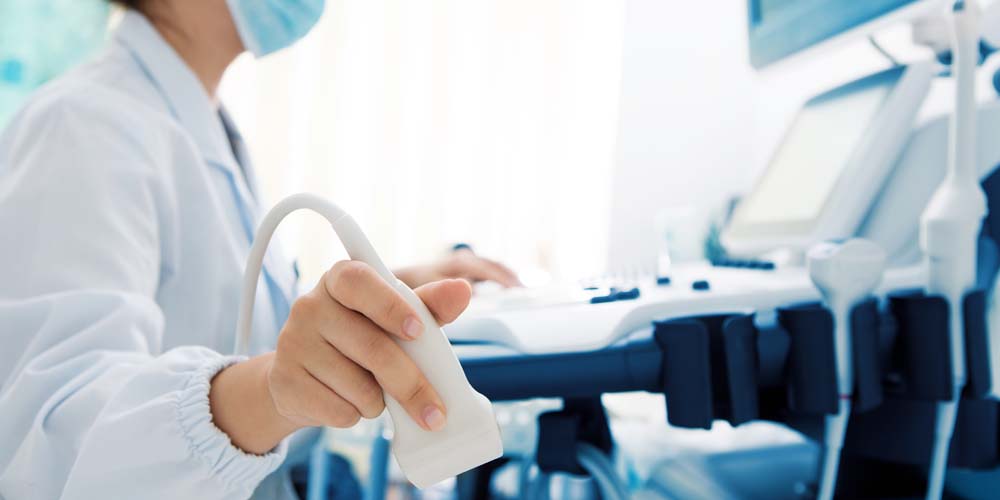The care delivered to the acutely unwell patient requires rapid answers to fundamental questions, which can often be difficult to obtain via history and examination alone.
The FUSIC Heart module enables clinicians to diagnose at the bedside the wide spectrum of causes of shock.
It is natural for clinicians who have completed FUSIC Heart accreditation to wish to extend their skillset to detect the causes of haemodynamic instability more specifically, and to better tailor the treatment around the patient’s pathophysiology.
FUSIC Haemodynamics (HD) evaluates the entire haemodynamic system and focuses on the most important clinical questions that need answering in critically ill patients:


FUSIC Heart questions
- Is the left ventricle dilated and/or significantly impaired?
- Is the right ventricle dilated and/or significantly impaired?
- Are there features of low venous return?
- Is there a pericardial effusion?
- Is there a pleural effusion?
FUSIC Haemodynamics questions
- Is stroke volume abnormal?
- Is stroke volume responsive to fluid, vasopressor or inotropes?
- Is the aorta abnormal?
- Are the aortic or mitral valves abnormal?
- Is there systolic anterior motion of the mitral valve?
- Is there a regional wall motion abnormality?
- Are there features of raised left atrial pressure?
- Are there features of right ventricular impairment or raised pulmonary artery pressure?
- Are there features of cardiac tamponade?
- Is there venous congestion?
FUSIC HD introduces more measurements, colour doppler, Pulsed Wave doppler (PW) and Tissue Doppler (TD) and some additional windows not traditionally used in a formal echocardiogram, but it is important to note that it should not be considered a comprehensive echocardiogram, as performed by a Level 2 BSE accredited echocardiographer.
“This is a one day course delivered by experts from Intensive Care, Acute Medicine and Emergency Medicine, and takes the form of live lectures followed by practical sessions.
To prioritize the practical aspect of the course, pre-recorded e-lectures are also available for the delegates and should be watched beforehand.
Delegates shall be divided into groups of three and, using state of the art US machines and simulated clinical scenarios, will be able to clinically contextualise the application of the skills acquired.”
UPCOMING COURSES
